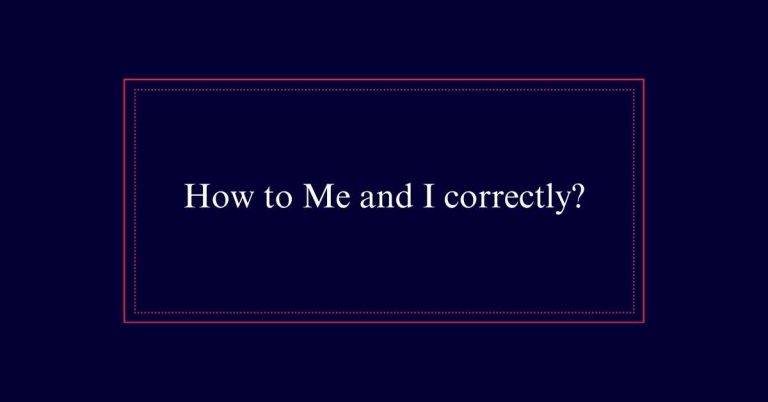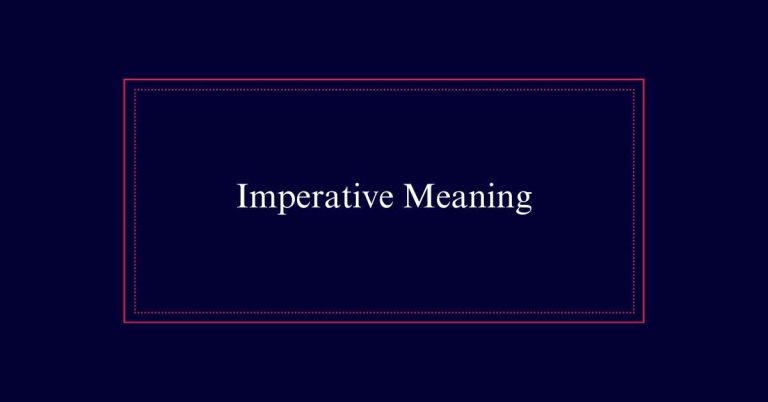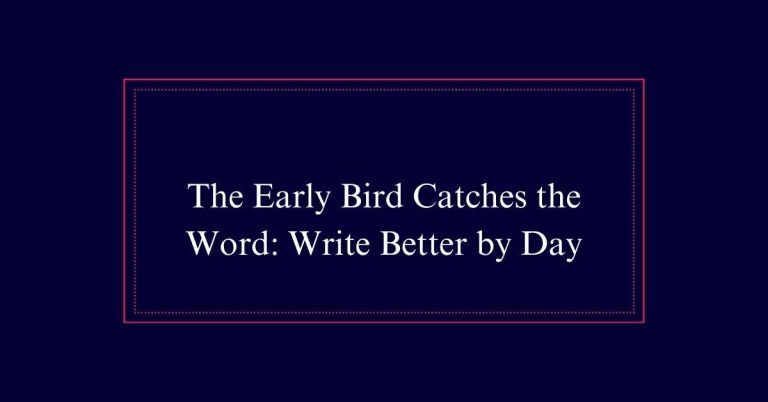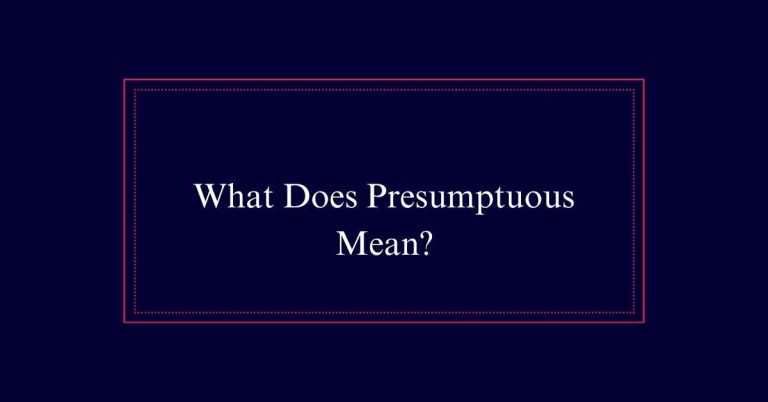Single Vs. Double Quotation Marks
Single and double quotation marks each serve distinct purposes in writing. Double quotation marks are typically used for direct quotes, dialogue, titles of short works, and indicating irony or sarcasm. Single quotation marks are used within double quotation marks for quotes within quotes and for specialized terms or concepts.
Quotation Mark Basics
Quotation marks are essential punctuation tools used to indicate quoted text. They come in two forms: single and double.
Single quotation marks use one comma-like mark, while double quotation marks use two. The direction of the marks changes based on their position in the text. Single quotation marks are often used for quotes within quotes.
Understanding when to use each type is vital for clarity in writing. Proper usage helps differentiate between various levels of quotations, ensuring clear communication. Single quotation marks are not used for emphasis or titles.
Double Quotation Marks
Finally, double quotation marks serve several primary functions in writing.
They are primarily used to indicate direct quotes from sources. For example, if you are citing a statement, you use double quotation marks to enclose the exact words.
Double quotation marks are also used to show dialogue in fiction and nonfiction, making it clear who is speaking.
Additionally, they are used for titles of short works like poems, articles, or songs.
Another function is to set apart words used with irony or skepticism.
Single Quotation Marks
Single quotation marks are primarily used for quotes within quotes in US English. They play an important role in maintaining clarity and avoiding confusion.
Here are three key instances where single quotation marks are necessary:
- Nested Quotes: When a quote appears within another quote, single quotation marks are used for the inner quote. For example: ‘He said, ‘I will be there at 5.”
- Technical and Specialized Usages: Certain disciplines use single quotation marks to denote specific terms or concepts within double-quoted text.
- Dialogue within Dialogue: In fiction, characters’ speech within a larger dialogue may use single quotation marks to show a quote inside another character’s speech.
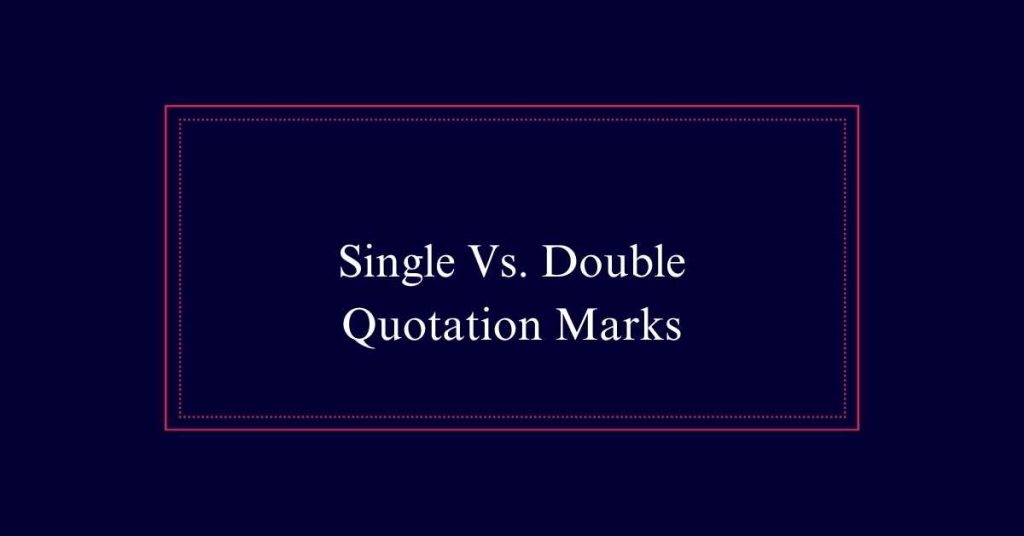
Nested Quotations
In writing, nested quotations occur when a quote is contained within another quote. This often requires the use of both single and double quotation marks. For example, in American English, double quotation marks are used for the primary quote, while single quotation marks enclose the secondary quote.
| Context | Usage Example |
|---|---|
| Primary Quote | ‘She said, ‘Meet me at noon.” |
| Secondary Quote | ‘He replied, ‘I heard her say, ‘Meet me at noon.”’ |
| Mixing Quotes | ‘He said, ‘It was a great day!” |
| Dialogue in Text | ‘Remember, she said, ‘Don’t be late.” |
Direct Quotes
Direct quotes are used to convey the exact words spoken or written by someone else. They are crucial for providing accurate information and attributing statements correctly. In writing, double quotation marks are typically used to indicate direct quotes. This helps readers understand that the text is a precise replication of someone else’s words.
Here are three key points to keep in mind:
- Accuracy: Guarantee the quoted text matches the original source exactly.
- Attribution: Always attribute the quote to its original author or speaker.
- Punctuation: Place punctuation marks inside the quotation marks if they are part of the quoted material.
Dialogue and Speech
Effective dialogue and speech in writing require the precise use of double quotation marks to distinguish spoken words from the rest of the text. Double quotation marks signal dialogue, making it clear who is speaking.
For instance, when a character speaks, the dialogue is enclosed in double quotation marks: “I can’t believe it’s raining again,” she said. This guarantees the reader can easily identify speech.
In cases where a quote appears within dialogue, single quotation marks are used inside the double quotation marks: “She said, ‘It’s raining again,’ and sighed.” Proper use of quotation marks in dialogue maintains clarity and readability. This practice is essential in both fiction and nonfiction to accurately convey spoken words.
Titles of Short Works
When referencing titles of short works, double quotation marks are used to set them apart from the surrounding text. This helps readers easily identify titles and understand their context. Short works include items such as poems, articles, songs, and chapters from books.
Here are three examples of how to use double quotation marks for titles of short works:
- Poems: Use double quotation marks for poem titles, e.g., ‘The Road Not Taken.’
- Songs: Place song titles within double quotation marks, e.g., ‘Bohemian Rhapsody.’
- Articles: Enclose article titles in double quotation marks, e.g., ‘The Impact of Technology on Education.’
Irony and Sarcasm
While double quotation marks are handy for denoting titles of short works, they also play a significant role in highlighting irony and sarcasm in writing. This use helps readers understand the writer’s intent without ambiguity. When a word or phrase is enclosed in double quotation marks, it signals a different or opposite meaning than what is stated. This technique adds a layer of meaning that plain text might miss.
Here is an example to illustrate:
| Phrase | Interpretation |
|---|---|
| She is “thrilled” | She is not thrilled; she’s annoyed. |
| His “excellent” idea | His idea is actually poor. |
| A “generous” offer | The offer is stingy. |
| Her “brilliant” plan | Her plan is flawed. |
Common Mistakes
A common mistake in writing is confusing when to use single versus double quotation marks. Understanding the difference is essential for clarity and correctness.
Here are three common mistakes:
- Using Single Quotation Marks for Emphasis: Single quotation marks should not be used to emphasize words. This is a misuse and can confuse readers.
- Incorrect Nesting: When quoting a source within another quote, make sure to use single quotation marks inside double quotation marks. Failing to do so disrupts the hierarchy of quotes.
- Mixing Quotation Marks: Avoid mixing single and double quotation marks within the same sentence unless quoting within a quote. Consistency in usage maintains readability.
Proper Formatting
Proper formatting of single and double quotation marks guarantees clarity and consistency in your writing. Use double quotation marks to indicate direct quotes, dialogue, and titles of short works.
For nested quotes, employ single quotation marks inside double quotation marks. This helps distinguish between different levels of quotations. Always place periods and commas inside the closing quotation marks in American English.
For longer passages, start each paragraph with an opening quotation mark, but only close at the end of the final paragraph. Avoid mixing single and double quotation marks inappropriately.

